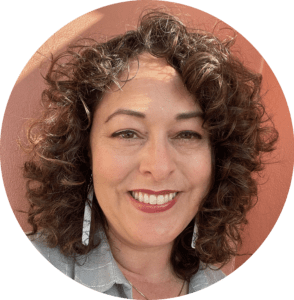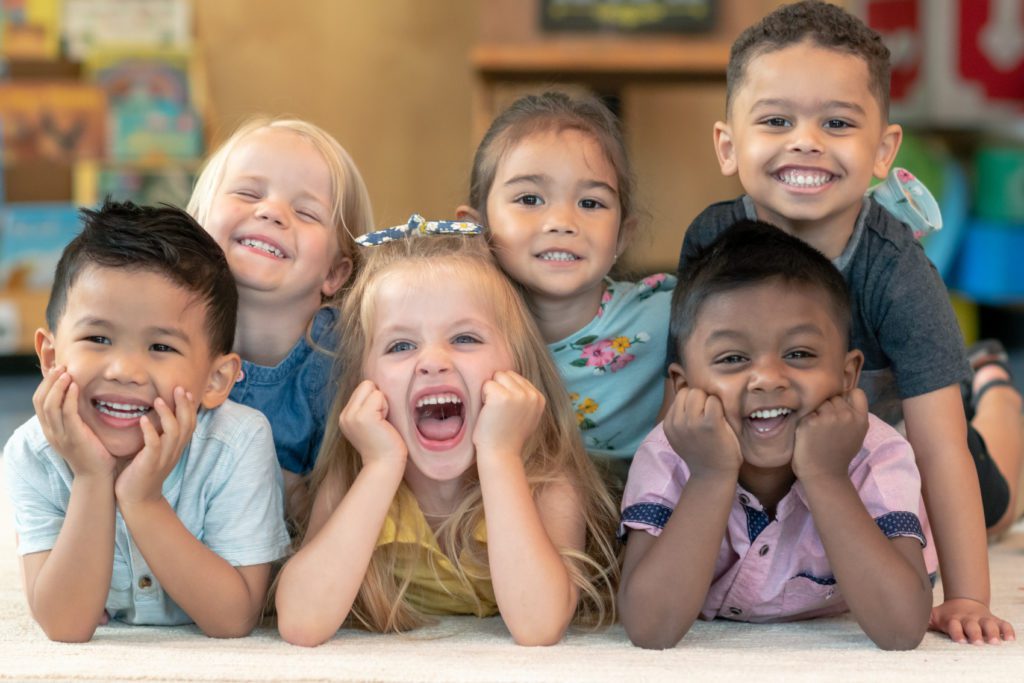Honoring Family Celebrations and Holidays in Early Childhood Education


Sometimes, we look at the calendar and notice that the stars have aligned just right to offer us the opportunity to talk about cultural diversity. In recent years, Ramadan fell within a few weeks of Passover and Easter. In most years, Hanukkah, Christmas, and Kwanzaa fall within the same month. Many of the children and families in your program may have stories to share about one (or more) of these important family holidays and celebrations. How can we honor children’s cultural and religious practices while respecting the beliefs and cultures of all children and families in your program?
To answer this question, I reached out to colleagues from different cultural, religious, ethnic, and language backgrounds to help me think beyond my own experiences. As adults, talking about cultural differences with friends and colleagues can feel awkward.
Thankfully, children can often be our best teachers for this. Here are three things to consider to help you honor all children’s cultural backgrounds.
Let children guide the discussion.
My friend from Alabama shared the story of a child who couldn’t wait to tell of their family’s Ramadan celebration. The other children, who were unfamiliar with Ramadan, were fascinated! They had many questions, particularly about older siblings fasting until sundown, just like the adults. “Wasn’t he hungry?” “What if rain falls in her mouth?” “Was it hard for her to play basketball in the tournament without drinking water?” “How old do you have to be to start fasting?” The child also shared detailed stories about how a whole goat was roasted for the celebration meal.
Young children are often more interested in the logistics of these important holidays, not necessarily the religious or cultural significance.
Help children who do not celebrate these occasions make connections to their own lives.
Though I have never celebrated Ramadan, roasting meat over several hours is very familiar to me! Growing up in South Texas, we celebrated all holidays, but especially Easter, with a big barbecue. I remember going to a relative’s ranch as they were making barbacoa along with the Easter brisket and sausage. Barbacoa in South Texas means burying a large cut of beef (or an entire cow’s head) covered in foil over white-hot coals in a deep hole in the ground to cook overnight. The word barbecue comes from this way of cooking “low and slow” over hot coals.
As children share their stories of how they celebrate different holidays, you can ask questions like, “Does this sound like something you’ve done with your family?” Some children may recall the long hours of waiting for the Thanksgiving turkey to cook, or the brisket to be ready for Passover! My colleague from Hawaii might have children who recall waiting all day for the roasted pork (kalua pig) to emerge from the pit dug in the ground—just like my family’s barbacoa!
Remember that children want to be seen and accepted.
Holidays and religious celebrations are not universal, but oftentimes, the way in which families celebrate and show love to each other is pretty universal. Many programs prefer to avoid celebrations of birthdays and holidays to prevent children and families who do not celebrate from feeling excluded. If this is the case in your program, you may feel like you need to curtail childrens’ discussions about the holidays they celebrated over the weekend or break. Listen to the children and follow their “lead!”
When children share what is most important to them, it presents an opportunity for us to create a space for them to feel proud, heard, and included.
There are many considerations to keep in mind when thinking about how to normalize discussions that arise from cultural and religious holidays. The Creative Curriculum for Preschool, Volume 1: The Foundation, Chapter 1, “How Children Develop and Learn” offers guidance about how a child’s life experiences and cultural background influence their behaviors and characteristics.